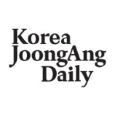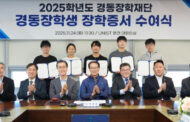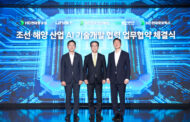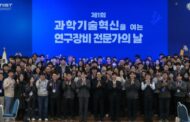As head of a university located in one of the farthest corners of the country from Seoul, Yong Hoon Lee is confident that his school has what it takes to attract the world’s brightest minds.
In the 13 years since the Ulsan National Institute of Science and Technology, also known as UNIST, was established in the southeastern industrial port city of Ulsan, the school has shattered expectations, landing coveted spots on global rankings — as Lee constantly pointed out in a recent interview with the Korea JoongAng Daily.
It came in 11th in this year’s Young University Rankings by the Times Higher Education, which lists the world’s leading universities that are 50 years old or younger. The rank was the highest among Korean universities.
On Clarivate’s Highly Cited Researchers list, 70 scientists based in Korea were recognized and 10 were from UNIST, the largest figure for any Korean institute.
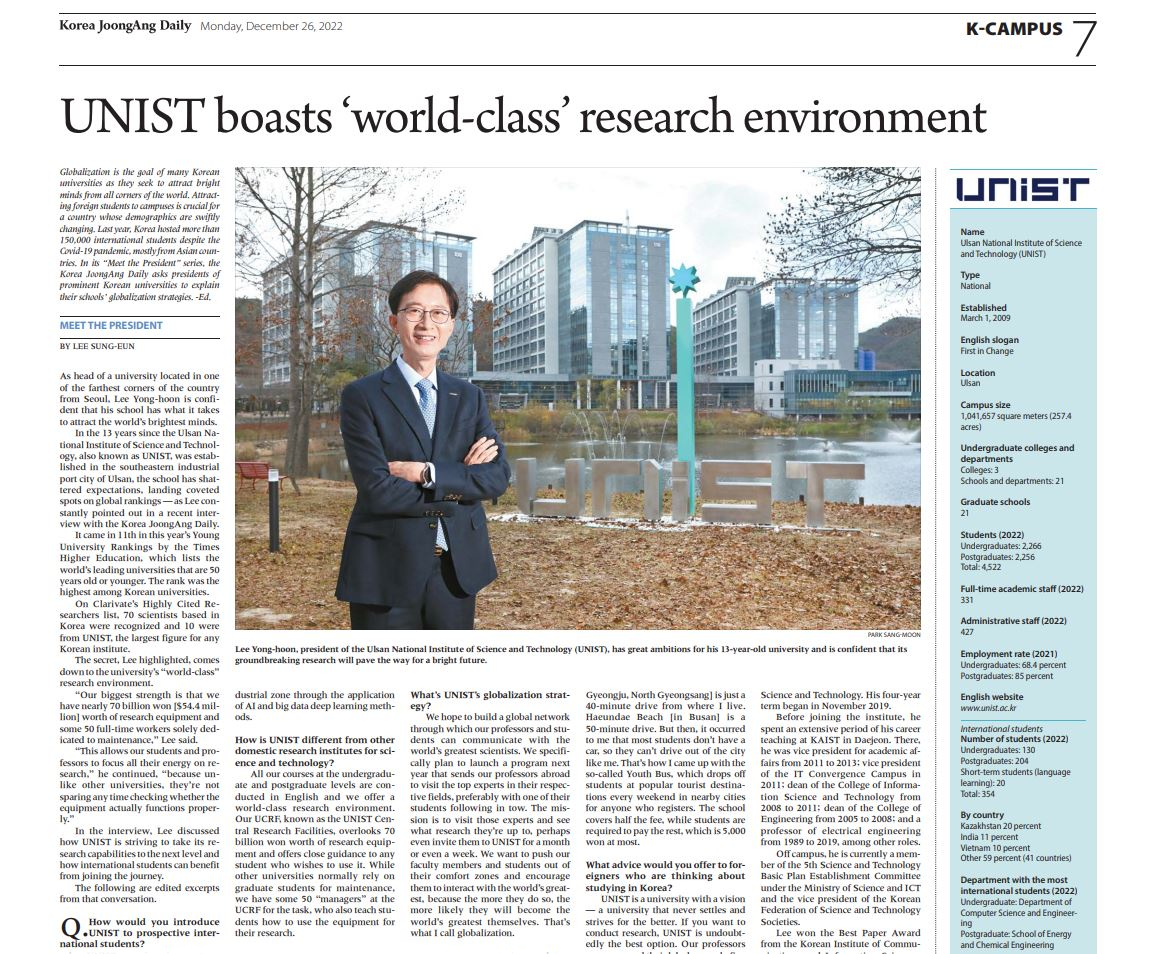
President Yong Hoon Lee discussed how UNIST strives to take its research capabilities to the next level and how international students at UNIST can benefit from joining this journey during his interview with Korea JoonAng Daily. l Image Source: Korea JoongAng Daily
The secret, Lee highlighted, comes down to the university’s “world-class” research environment.
“Our biggest strength is that we have nearly 70 billion won [$54.4 million] worth of research equipment and some 50 full-time workers solely dedicated to maintenance,” said President Lee. “This allows our students and professors to focus all their energy on research,” he continued, “[B]ecause unlike other universities, they are not sparing any time checking whether the equipment actually functions properly.”
In the interview, Lee discussed how UNIST is striving to take its research capabilities to the next level and how international students can benefit from joining the journey.
Q&A with UNIST President Yong Hoon Lee
Q1. How would you introduce UNIST to prospective international students?
UNIST was founded in 2009 and officially recognized as a government-funded research institute for science and technology in 2015, becoming the fourth such institute in Korea. Throughout the years, the university has made great leaps in the chemical and chemical engineering fields such as secondary batteries, solar cells, graphene and semiconductor materials. In particular, UNIST has been concentrating on new technologies linking AI with other fields while aiming to play a key role in the “smart transition” of the country’s southeastern industrial zone through the application of AI and big data deep learning methods.
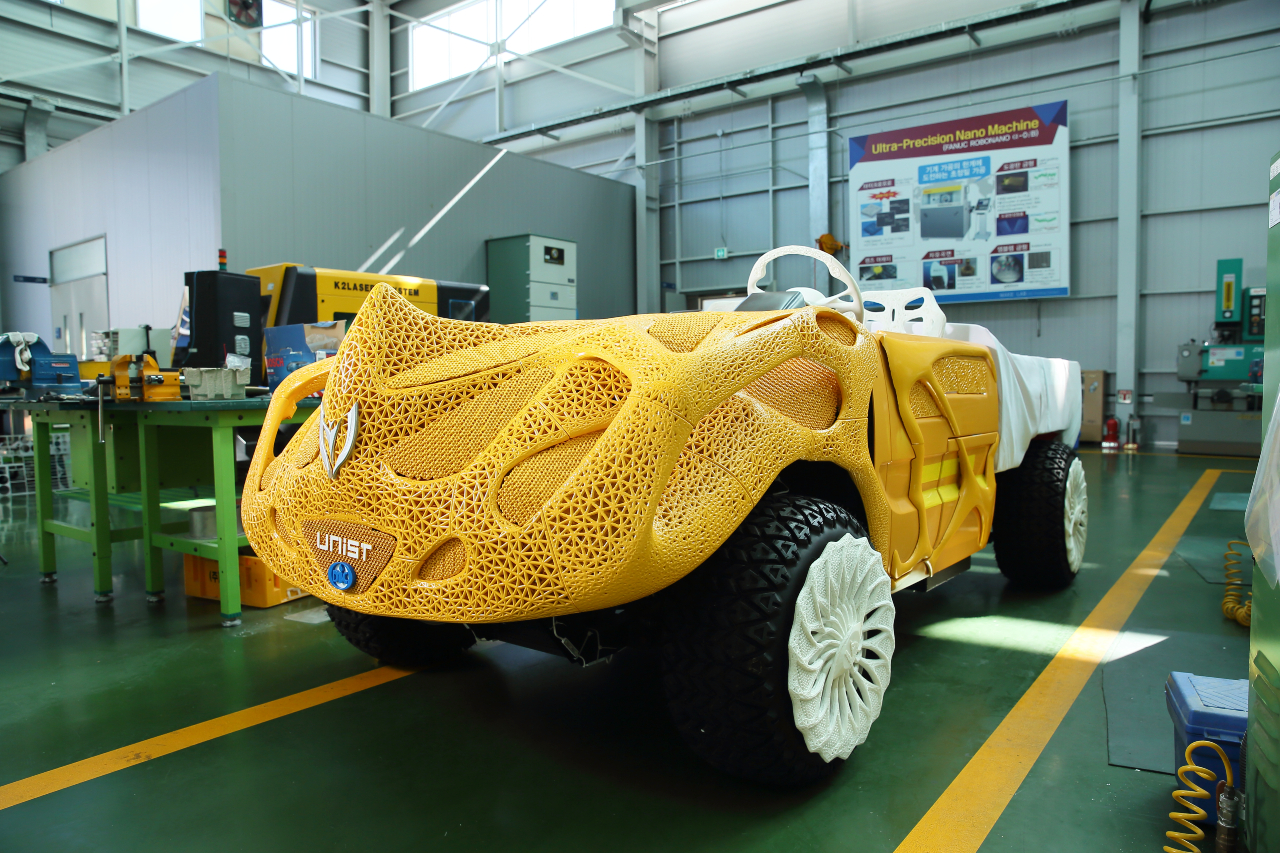
Rhino, a 3D printed electric car developed by Professor Namhun Kim in the Department of Mechanical Engineering at UNIST.
Q2. How is UNIST different from other domestic research institutes for science and technology?
All our courses at the undergraduate and postgraduate levels are conducted in English and we offer a world-class research environment. Our UCRF, known as the UNIST Central Research Facilities, overlooks 70 billion won worth of research equipment and offers close guidance to any student who wishes to use it. While other universities normally rely on graduate students for maintenance, we have some 50 “managers” at the UCRF for the task, who also teach students how to use the equipment for their research.
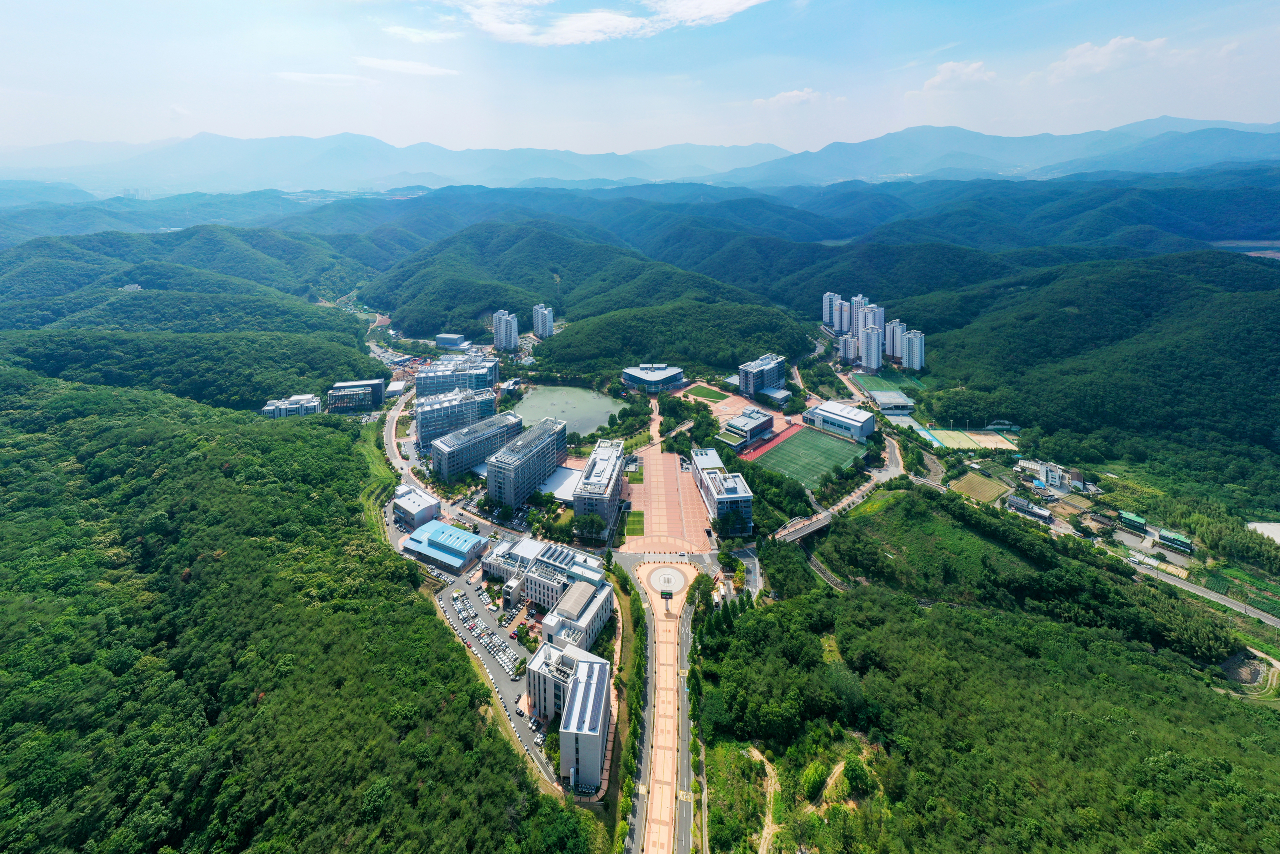
Panoramic view of UNIST from the main gate.
Q3. Who are these managers?
They’re professionals with master’s degrees, some with a Ph.D., in their respective fields who used to work for companies. Since the university was established, our first president made a wise and tough decision to hire 40 full-time managers, who, today, have become somewhat like our secret weapon. And because we have such good research equipment, we’re able to attract distinguished professors who wish to use it, which in turn allows us to up our research capabilities.
Q4. What’s UNIST’s globalization strategy?
We hope to build a global network through which our professors and students can communicate with the world’s greatest scientists. We specifically plan to launch a program next year that sends our professors abroad to visit the top experts in their respective fields, preferably with one of their students following in tow. The mission is to visit those experts and see what research they’re up to, perhaps even invite them to UNIST for a month or even a week. We want to push our faculty members and students out of their comfort zones and encourage them to interact with the world’s greatest, because the more they do so, the more likely they will become the world’s greatest themselves. That’s what I call globalization.
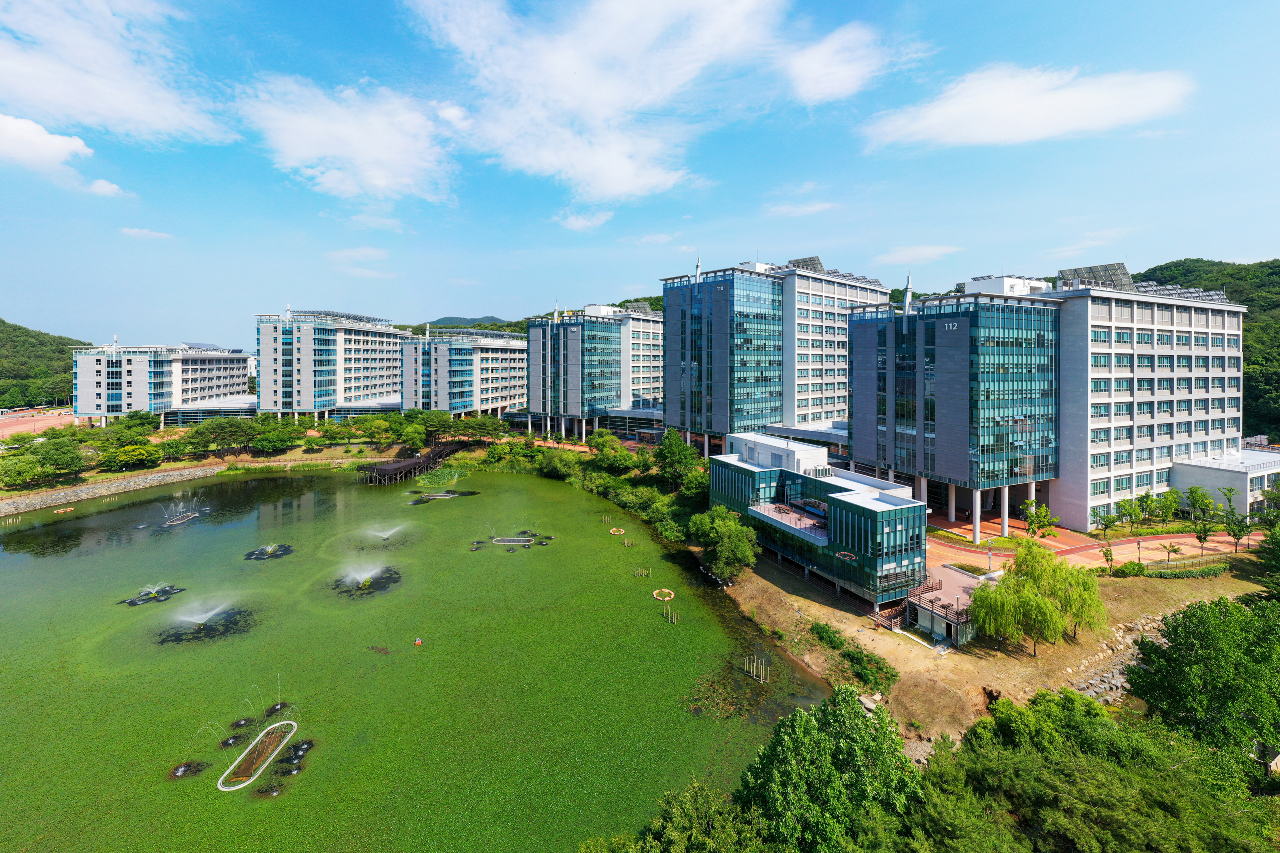
Arial view of engineering buildings, surrounded by the Gamak Pond at UNIST.
Q5. I also heard you started a travel program for students that takes them to nearby tourist attractions on buses every weekend.
Coming from Daejeon, I find Ulsan a very attractive city to live in. The campus here has such a great natural environment with clean air. Unfortunately, however, students don’t agree with me. They can’t stand the mundane campus life after their first month here because the school is surrounded by mountains. Every Saturday, I normally wake up wondering where I should visit next. Bulguksa Temple [in Gyeongju, North Gyeongsang] is just a 40-minute drive from where I live. Haeundae Beach [in Busan] is a 50-minute drive. But then, it occurred to me that most students don’t have a car, so they can’t drive out of the city like me. That’s how I came up with the so-called Youth Bus, which drops off students at popular tourist destinations every weekend in nearby cities for anyone who registers. The school covers half the fee, while students are required to pay the rest, which is 5,000 won at most.

A new solar cell, co-developed by Professor Jin Young Kim and his research team in School of Energy and Chemical Engineering at UNIST attained a power conversion efficiency of 25.6% in a single-junction perovskite solar cell (PSC), breaking the world record in 2021.
Q6. What advice would you offer to foreigners who are thinking about studying in Korea?
UNIST is a university with a vision — a university that never settles and strives for the better. If you want to conduct research, UNIST is undoubtedly the best option. Our professors are young and their labs have only five to six students max, which allows them to provide more support and attention to each individual. Not only do students learn from professors, but they also gain practical knowledge from our managers at the UCRF. All of these aspects create an environment for students to quickly boost their competence and develop their career paths.

‘Face the Future,’ the new symbolic landmark of UNIST aims at presenting the school’s vision to contribute to advance science and technology for the prosperity of humankind and illuminate the world with scientific and technological advances.


![[Meet the President] President Yong Hoon Lee on Science and Technology Education](https://news.unist.ac.kr/wp-content/uploads/2023/01/Korea-JoongAng-Daily-Main-1-800x448.jpg)





